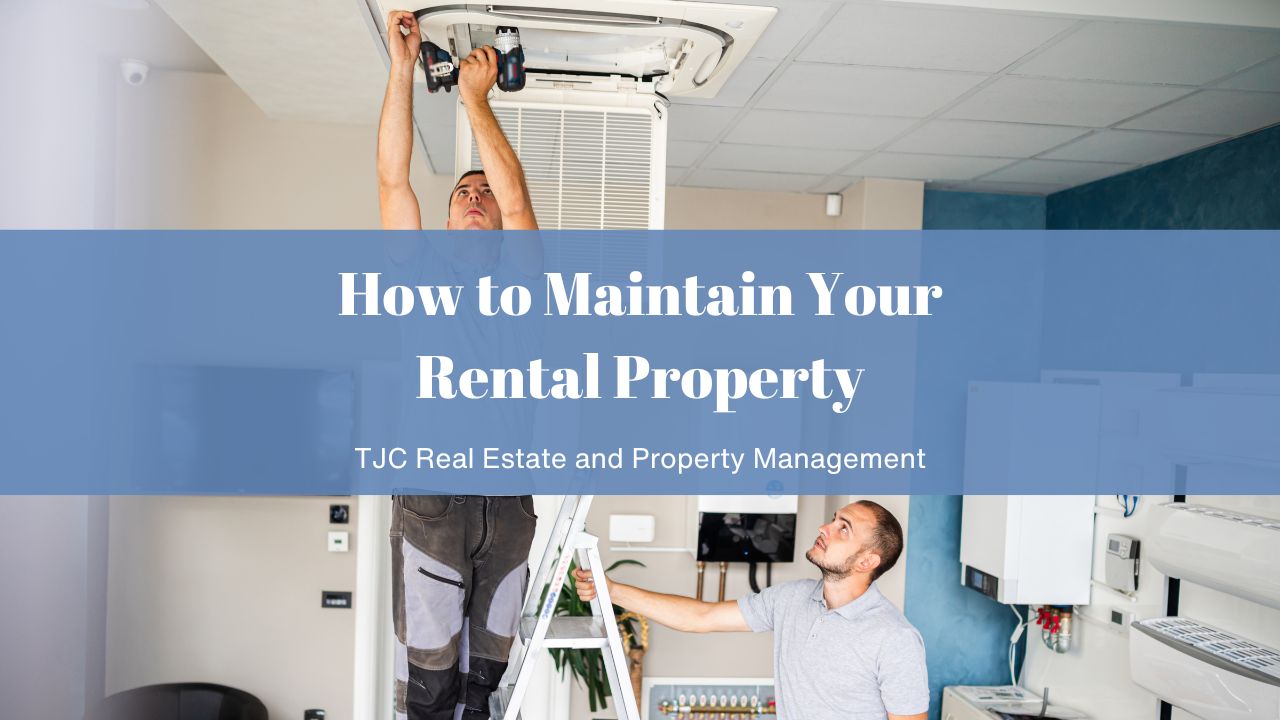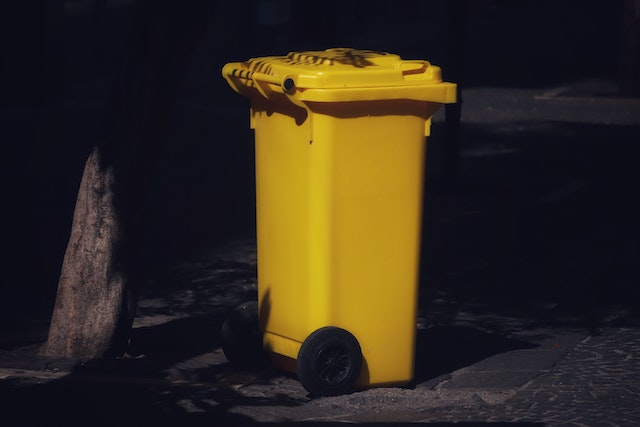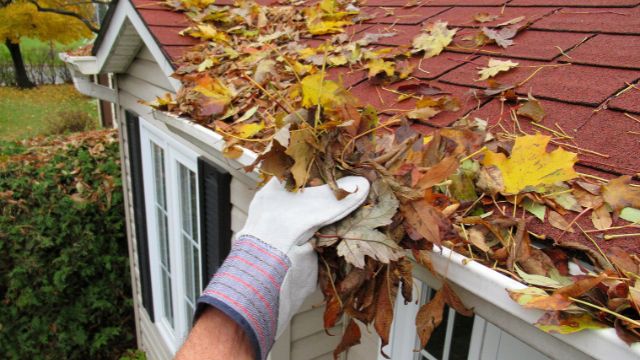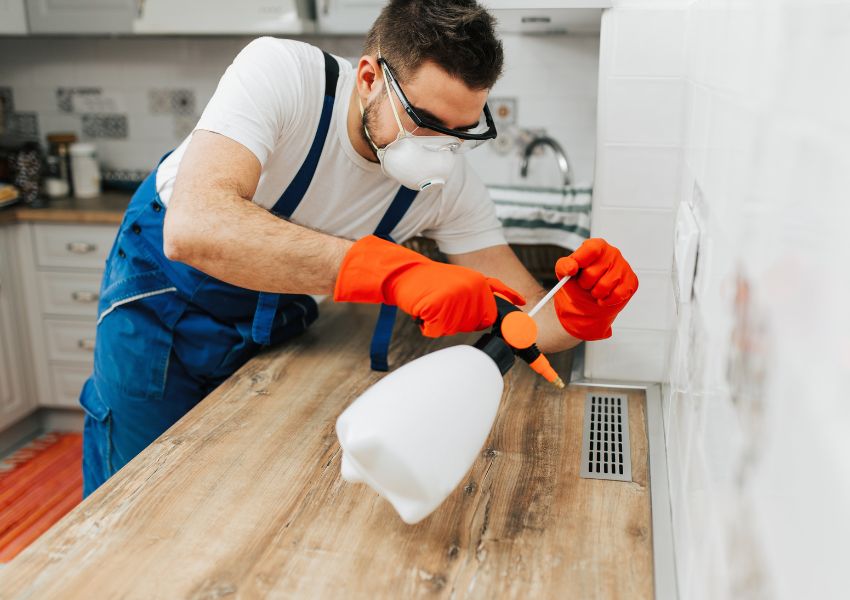
The key to optimizing your rental’s ROI is maintaining it. As a landlord, ensuring your rental property is always in good shape can benefit your bottom line in multiple ways. For one, you’ll have a relatively easier time finding and keeping tenants. This will reduce your turnover costs, thereby minimizing your operational costs and maximizing your ROI.
Two, staying on top of issues can help you keep your property legally compliant to the local habitability standards. Habitability laws require landlords to provide tenants with units that abide by the local safety, health, and building codes. And three, keeping your rental property well-maintained can help solidify your landlord-tenant relationship.
Rental maintenance, however, can be time-consuming and stressful. This is especially true for first-time or out-of-state landlords. To help property owners, here is everything that goes into rental property maintenance.
When renting out a property, maintenance is a shared responsibility between the two parties in a contractual lease agreement. As a landlord, you’re generally required to do the following as per the state’s landlord-tenant laws:
This is key to ensuring the tenant has somewhere to put their garbage to maintain the unit’s cleanliness and sanitary standards. The number of bins to provide the tenant with will depend on the property size and even the local regulations. You may also need to enclose the trash receptacles depending on what neighborhood your property’s located in.

You must ensure the rental unit is livable before renting it out to tenants. It should, among other things, have working smoke and carbon monoxide detectors, proper plumbing, safe electrical components, and be structurally sound. The unit should also be devoid of things like lead paint or mold issues, and pest infestations.
As a landlord, you must ensure that you tenants have access to clean, running water throughout their tenancy. This also includes providing the tenant with access to a working shower, toilet, and sink.
Familiarize yourself with local building safety codes. For instance, you must ensure that any stairs in and around the property have a stable banister. Flooring should also be devoid of tripping hazards.
In addition to making all the amenities promised in the lease available to the tenant, you must ensure they are in good working condition. Inspect them before the tenant moves in and perform necessary repairs or even replacements to keep everything up to code.
To maintain the unit’s habitability you must respond promptly to maintenance requests and stay on top of inspections. If you find that damages are a result of the tenant’s carelessness or negligence, you can charge the tenant for the cost of repair.

Tenants are equally expected to handle certain legal obligations when it comes to rental maintenance. Please make sure to include this as part of your rental agreement. Doing so will help to hold them accountable. Draft a detailed lease agreement to help minimize any potential confusion or misunderstanding. With that in mind, the following are standard tenant maintenance responsibilities to include in your lease agreement:
A tenant must ensure proper disposal of their garbage. Doing so will keep the property clean and sanitary, preventing health hazards or pest infestations.
This is damage that exceeds normal wear and tear. Examples include large nail holes, deep scratches, pet damage, missing fixtures, and a missing shower rod. You can hold the tenant liable for the cost of such repairs and make deductions from their security deposits.
Landlords are responsible for providing a mold-free unit at the time of renting it out. On the tenant’s part, they must ensure that the unit remains mold-free during their entire tenancy. And this can include doing things like using dehumidifiers during humid seasons, wiping up spills immediately, and ensuring proper ventilation.

Tenants much check with landlords before performing tasks that could disrupt lead-based pain. This is especially true if the rental building was built before 1978, when the use of lead-based paint was commonplace. Lead-based paint is toxic and can be dangerous to one’s health.
Tenants must ensure that they keep provided appliances clean and only use them for their intended purpose. For instance, ensuring that no food or grease is going down drains leading to blockages.
A tenant has a legal duty to allow their landlord to access their unit for certain reasons, including rental maintenance. As the landlord, make sure to respect the tenant’s privacy even as you exercise this right. Notify the tenant beforehand, and access the unit during normal working hours, among other things.
You can negotiate with the tenant on the specific maintenance duties they can do at the property. For example, cutting grass, cleaning the gutters, or raking leaves. You should also make sure to list these in the lease.
Let your tenants know that they are responsible for reporting issues as soon as they spot them. You can also give them a rundown of examples of what may constitute emergencies and non-emergencies.
Rental maintenance is key to the success of your rental investment. It can help prevent issues ranging from health and safety concerns, tenant dissatisfaction, and reduced property value, to legal consequences.
For expert help in the overall management of your property, look no further than TJC Real Estate and Management. We provide our clients with full-service real estate solutions. Get in touch to learn more!
© 2025 TJC Real Estate. All rights reserved. Privacy Policy | Terms of Use | Portable Tenant Screening & Disclosure | Website by Distill